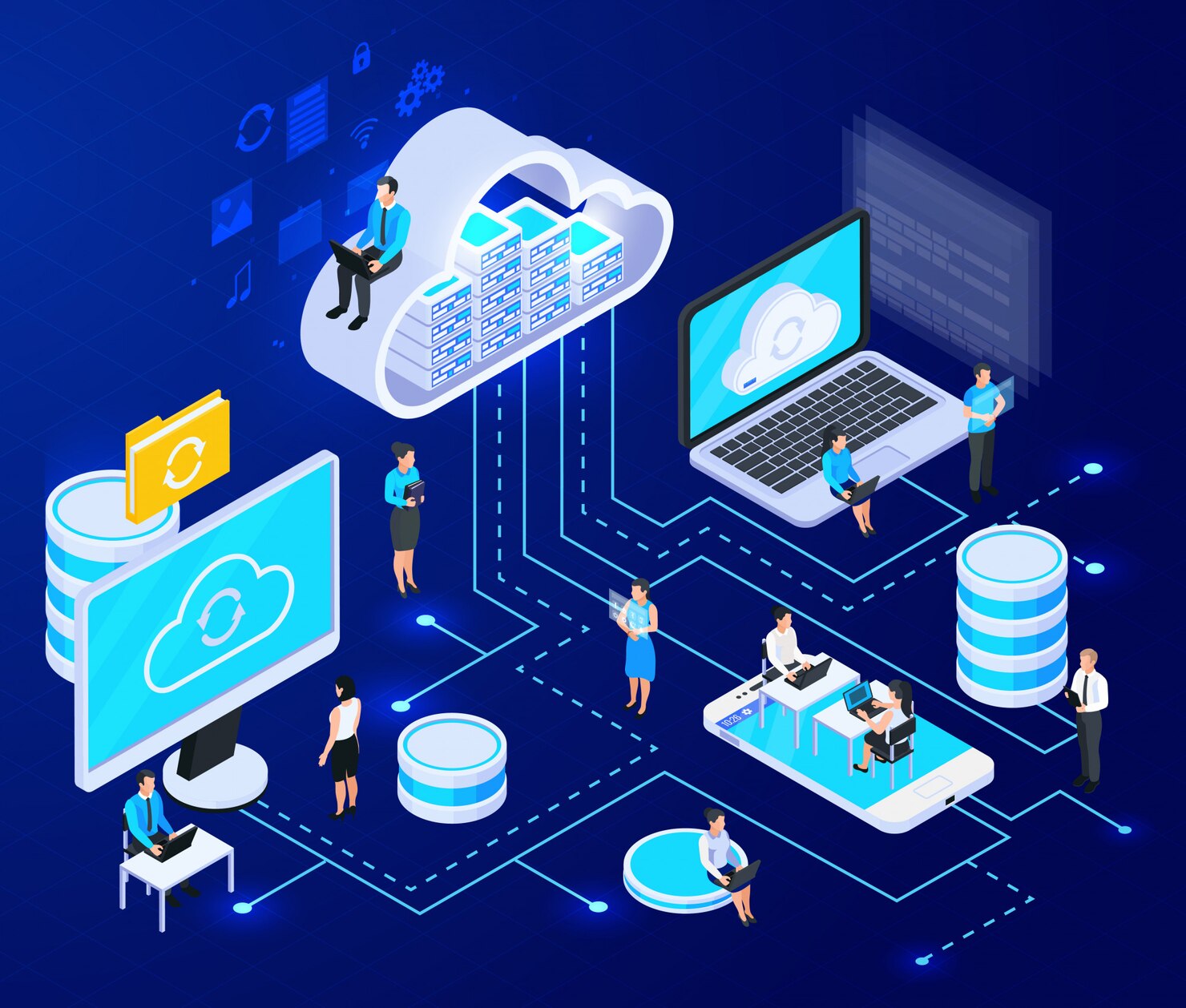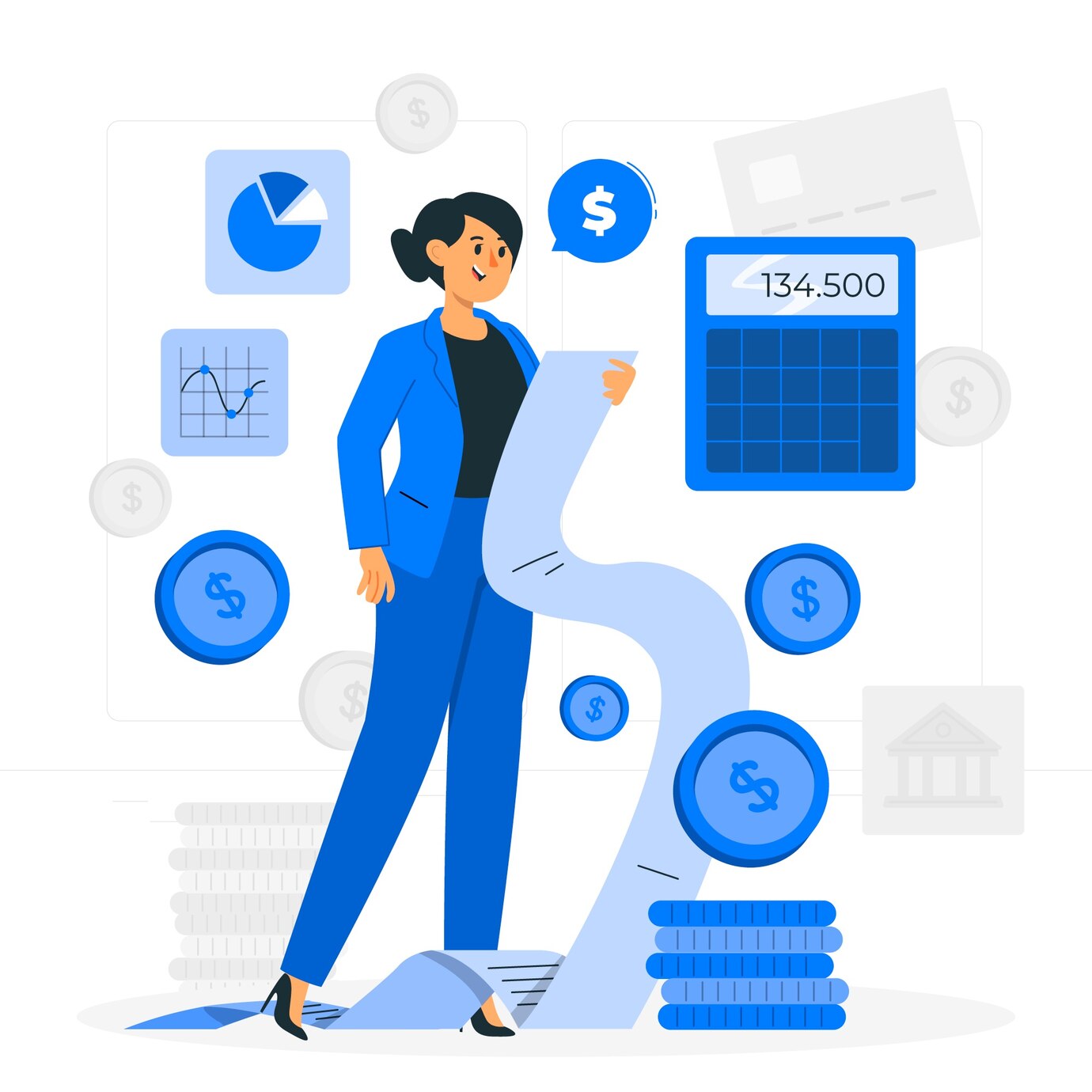
One of the most impactful technologies reshaping how businesses manage their workforce is cloud-based HR software. As more businesses embrace digital transformation, HR departments are moving away from traditional systems and adopting cloud-based solutions. This shift is not just about keeping up with trends—it’s about enhancing efficiency, scalability, and ultimately, driving business success.
In this blog, we’ll explore why cloud-based HR software is a game changer for modern businesses, focusing on its benefits, features, and the role it plays in HR digitalization.
1. What is Cloud-Based HR Software?
Cloud-based HR software is a digital platform hosted on remote servers (the cloud), providing businesses with a centralized system to manage HR tasks and employee information. These solutions allow HR teams to access data and tools anytime, anywhere, as long as they have an internet connection.
Some core functions of cloud-based HR software include:
-
Employee records management
-
Payroll and benefits administration
-
Performance management
-
Recruitment and onboarding
-
Time and attendance tracking
Unlike traditional on-premise HR systems, cloud-based software doesn’t require businesses to invest in physical infrastructure, providing flexibility and cost-efficiency.
2. Key Benefits of Cloud-Based HR Software
Cloud-based HR software offers numerous advantages that can transform HR operations. Below are some of the top benefits:
a. Streamlined HR Processes
One of the biggest challenges HR teams face is the volume of manual tasks, such as payroll processing, performance appraisals, and employee data management. Automation in cloud-based HR software helps streamline these tasks. With automated workflows, HR professionals can focus on strategic initiatives instead of routine administrative work.
For example:
-
Automatic payroll calculations reduce the likelihood of errors.
-
Performance reviews are scheduled and tracked automatically.
-
Benefits administration is simplified through automated enrollment and updates.
b. Cost Efficiency
Managing traditional HR software often requires heavy investment in hardware, IT staff, and maintenance. Cloud-based HR software, on the other hand, operates on a subscription basis, reducing upfront costs. This cost model allows businesses to allocate resources to other critical areas while ensuring they have access to the latest HR tools and technologies.
Additionally, the scalability of cloud-based solutions allows businesses to scale up or down based on their needs, ensuring that they don’t overpay for features they aren’t using.
c. Access Anywhere, Anytime
The cloud-based nature of HR software means that HR teams and employees can access the system remotely. Whether at the office, working from home, or traveling, HR professionals can easily manage tasks, track progress, and make decisions on the go. Employees can also access their information, such as payslips, benefits, and leave balances, from anywhere with an internet connection.
d. Enhanced Security
When it comes to employee data, security is of utmost importance. Cloud-based HR software often comes with advanced security measures, including encryption, multi-factor authentication, and automatic backups. These security protocols are generally far superior to traditional in-house systems, which may be more vulnerable to breaches and data loss.
With cloud software, data privacy regulations, like GDPR, are also easier to adhere to, as the system is regularly updated to comply with the latest standards.
e. Real-Time Reporting and Analytics
Cloud-based HR software provides powerful reporting and analytics capabilities. HR departments can generate reports in real-time, helping them make data-driven decisions. Whether it’s analyzing employee performance, tracking turnover rates, or forecasting hiring needs, cloud HR tools make it easier to gather actionable insights quickly.
The ability to generate detailed reports at any time gives managers the ability to act on data immediately, driving better decision-making and business outcomes.
f. Improved Collaboration
HR functions often require collaboration across different teams and departments. Cloud-based HR software enables this by providing a centralized platform where employees, managers, and HR teams can communicate and collaborate in real time. Whether it’s approving leave requests, providing feedback on performance, or coordinating training schedules, everything can be done within the software, ensuring that tasks are completed smoothly and efficiently.
3. How Cloud-Based HR Software Supports HR Digitalization
Digitalization is the process of integrating digital technologies into every aspect of a business. For HR, digitalization can mean automating routine tasks, improving communication, and using data analytics for decision-making. Cloud-based HR software is a key enabler of HR digitalization because it integrates these technologies seamlessly into HR operations.
Here’s how cloud-based HR software contributes to HR digitalization:
a. Automation of Manual Tasks
One of the primary ways cloud-based HR software digitalizes HR operations is through automation. Tasks that once required manual intervention—like payroll processing, employee record management, and benefits administration—can now be done with minimal human input. This reduces the chances of errors, speeds up processes, and frees up HR professionals to focus on more strategic initiatives.
b. Employee Self-Service
Cloud HR software often includes a self-service portal for employees, allowing them to manage their own information. Employees can request time off, view pay slips, and update personal details without needing to involve the HR team. This not only empowers employees but also reduces the administrative burden on HR staff.
c. Data-Driven Decision Making
HR digitalization goes hand-in-hand with data analytics. Cloud-based HR systems provide HR professionals with comprehensive data about employee performance, turnover, engagement, and more. This wealth of information helps HR teams make informed decisions about hiring, training, and talent management, contributing to overall business growth.
d. Integration with Other Business Tools
Cloud-based HR software is often compatible with other business tools, such as accounting, payroll, and project management systems. This integration makes it easier for HR to collaborate with other departments, maintain accurate records, and ensure smooth operations across the entire organization.
4. Why Your Business Needs Cloud-Based HR Software
In a rapidly evolving business environment, organizations need to be agile and efficient. Traditional HR management systems are often cumbersome, slow, and prone to errors. In contrast, cloud-based HR software enables businesses to operate more effectively, reduce costs, and remain competitive.
If you’re still using outdated HR systems, it’s time to consider the benefits of cloud-based HR software. By embracing automation, improving data security, and streamlining processes, your HR department can contribute significantly to the success of your organization.
5. Conclusion
Cloud-based HR software is undoubtedly a game changer for modern businesses. It offers a host of benefits, from cost efficiency and enhanced security to automation and improved collaboration. As businesses continue to undergo digital transformations, adopting cloud-based HR solutions is not just a smart decision—it’s a strategic move toward a more efficient and innovative future.
Key Takeaways:
-
Cloud-based HR software automates manual tasks, making HR operations more efficient.
-
It provides access from anywhere, anytime, helping HR teams stay agile and responsive.
-
The software ensures better security and compliance, reducing risks related to data breaches.
-
Cloud HR systems support digitalization by enabling automation, data analytics, and employee self-service.



